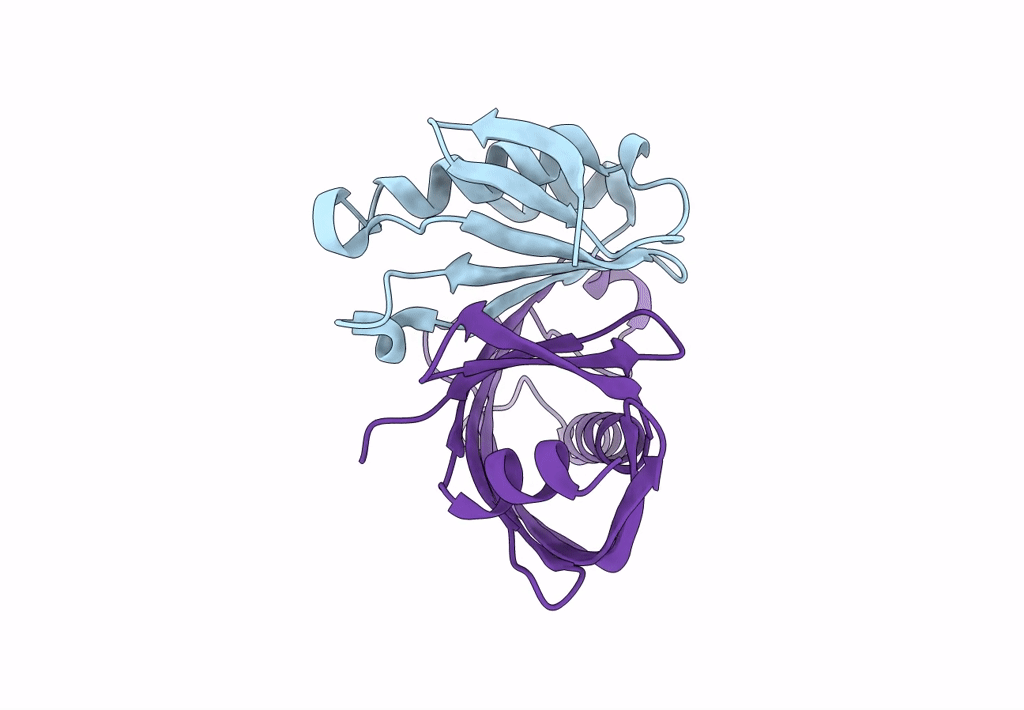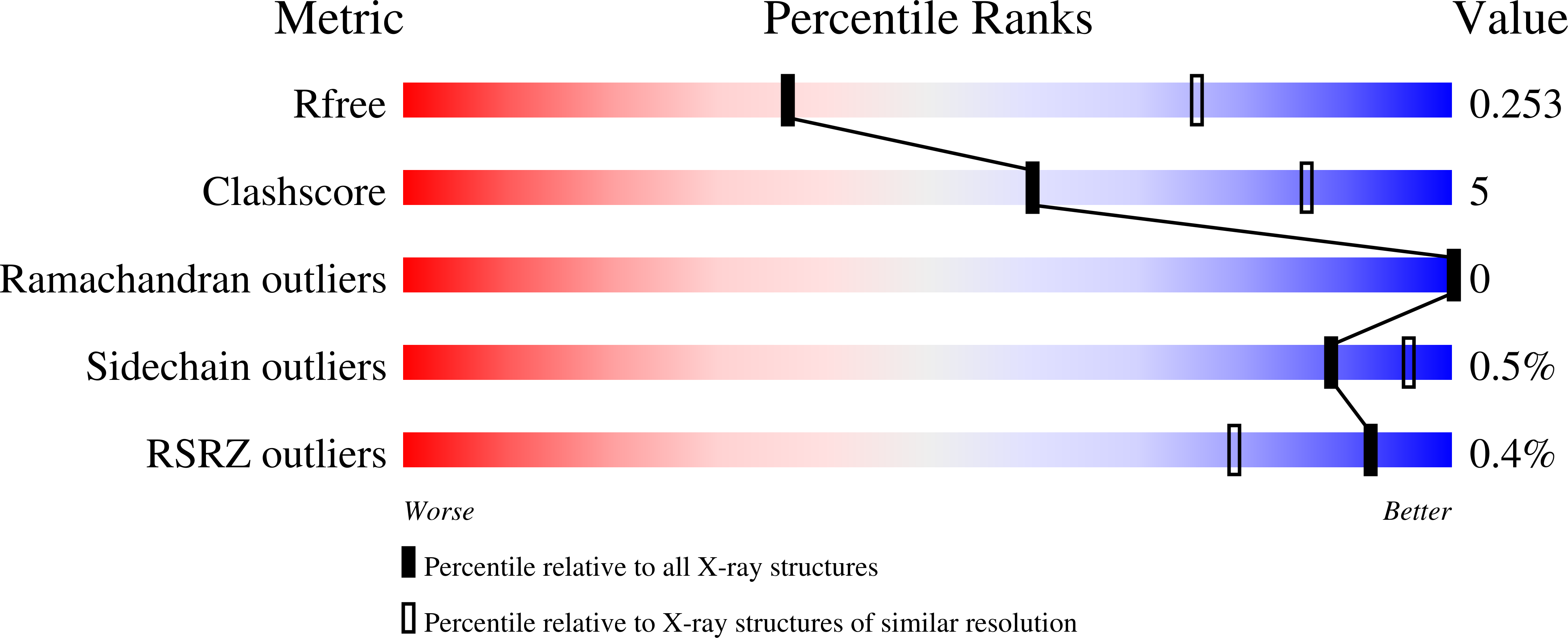
Deposition Date
2022-08-01
Release Date
2023-09-13
Last Version Date
2024-11-20
Entry Detail
PDB ID:
8ALO
Keywords:
Title:
Heterodimer formation of sensory domains of Vibrio cholerae regulators ToxR and ToxS
Biological Source:
Source Organism:
Vibrio cholerae (Taxon ID: 666)
Host Organism:
Method Details:
Experimental Method:
Resolution:
3.00 Å
R-Value Free:
0.25
R-Value Work:
0.21
Space Group:
P 65


